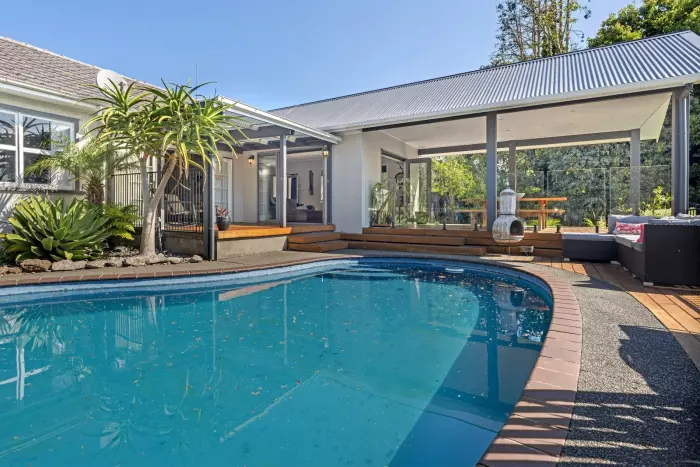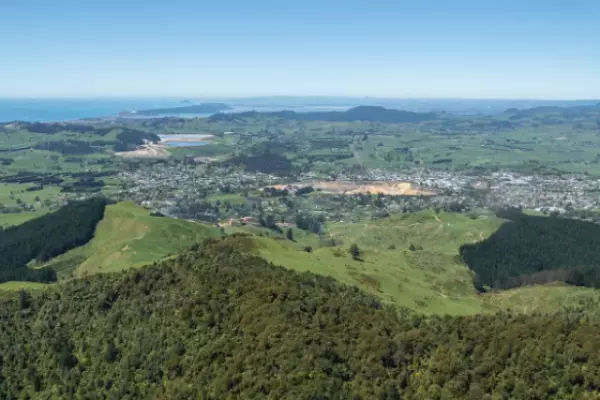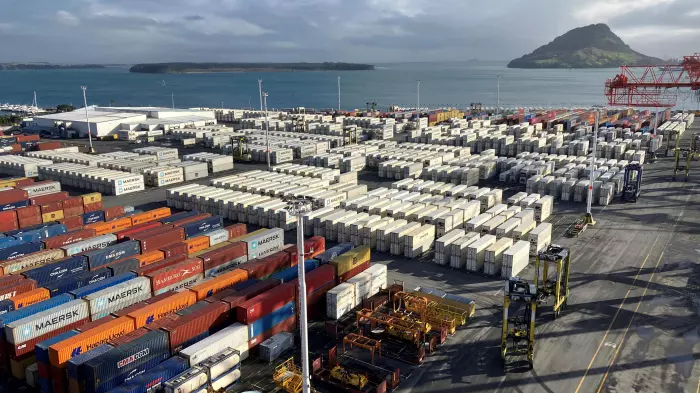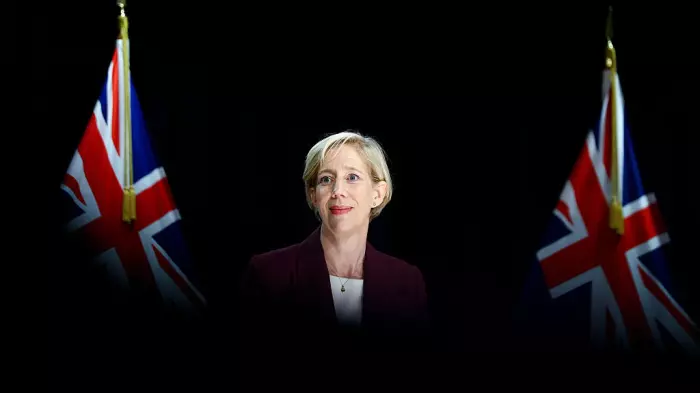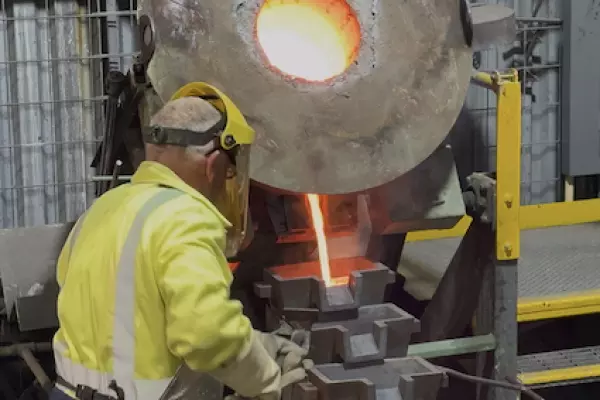The tsunami of sales and price increases continued to roll through the housing market last month, with a quarter more homes changing hands than last October and the highest number of properties sold since mid-2016.
Numbers from the Real Estate Institute of New Zealand showed sales at 8,830 for the month, also the highest October sales figure in 14 years. This was led by frenzied investor and first-home buying in Auckland where sales jumped by 50.9 percent year-on-year, from 2,081 to 3,140 houses.
That has rekindled concerns an artificial bubble has emerged on the back of record low interest rates and looser loan-to-value ratio restrictions.
Kiwibank senior economist Jeremy Couchman warned the housing market is “not consistent” with an economy in the midst of the worst recession in 100 years. He said an earlier return of macro-prudential speed limits is warranted.
That view is supported by a 25.8 percent increase in the number of seasonally adjusted sales for the month compared to last October. Although notably, on the same basis, volumes declined 3.4 percent month-on-month showing a hint of sanity in the market.
Gisborne reinforced its popularity with buyers snapping up 43 percent more homes at 63, while almost a third more house keys were handed over in the Waikato with 961 homes sold.
Institute chief executive Bindi Norwell said 283 properties were sold every day for the month reflecting “people’s concerns around future price rises, adding to their determination to buy now before prices potentially rise even further.”
She suggested the 36.8 percent uplift in monthly new listings across Auckland could foreshadow an “even busier” month for the city of sails in November.
Housing index up
The institute’s house price index, a measure of the changing value of property in the market, increased 13.5 percent year-on-year to 3,248, reflecting pricing pressure due to lack of supply.
Even excluding the Auckland market, the index still climbed 12 percent to 3,203, which was another high.
But the rapid increase wasn’t limited to NZ’s biggest city. While Auckland’s house price inflation climbed 15.4 percent year on year, the Gisborne/Hawke’s Bay region climbed 17.1 percent and Wellington was up 16.7 percent.
Institute numbers show the total number of listed properties dropped by almost a fifth, at 18,141 nationally for the month versus 22,313 last October, although overall inventory levels were slightly higher than September levels in the first increase since covid lockdowns.
Pulling the handbrake?
Kiwibank's Couchman suggested LVR restrictions need to come back into play ahead of the expected reinstatement by the Reserve Bank on March 1 next year. “Banks generally give pre-approval for loans for 90 days. Knowing the restrictions are coming in March, banks may start tightening up in December or January.”
And that, he said, will most likely fall hardest on investor-related lending particularly to ‘higher risk’ investors, defined as those with equity of less than 30 percent.
While the central bank looks to have turned the heat of the housing market down “a notch or two” with LVRs, it also added more monetary policy stimulus this week, making good on its intention to provide banks with cheaper funding with its funding for lending programme , or FLP, from next month.
Couchman said those rates will “continue to underpin the housing market next year,” although less of the cheaper FLP funding will be directed to higher risk mortgage lending.
Taken as a whole, he said Kiwibank is not expecting any correction in housing prices, either this year or next.


